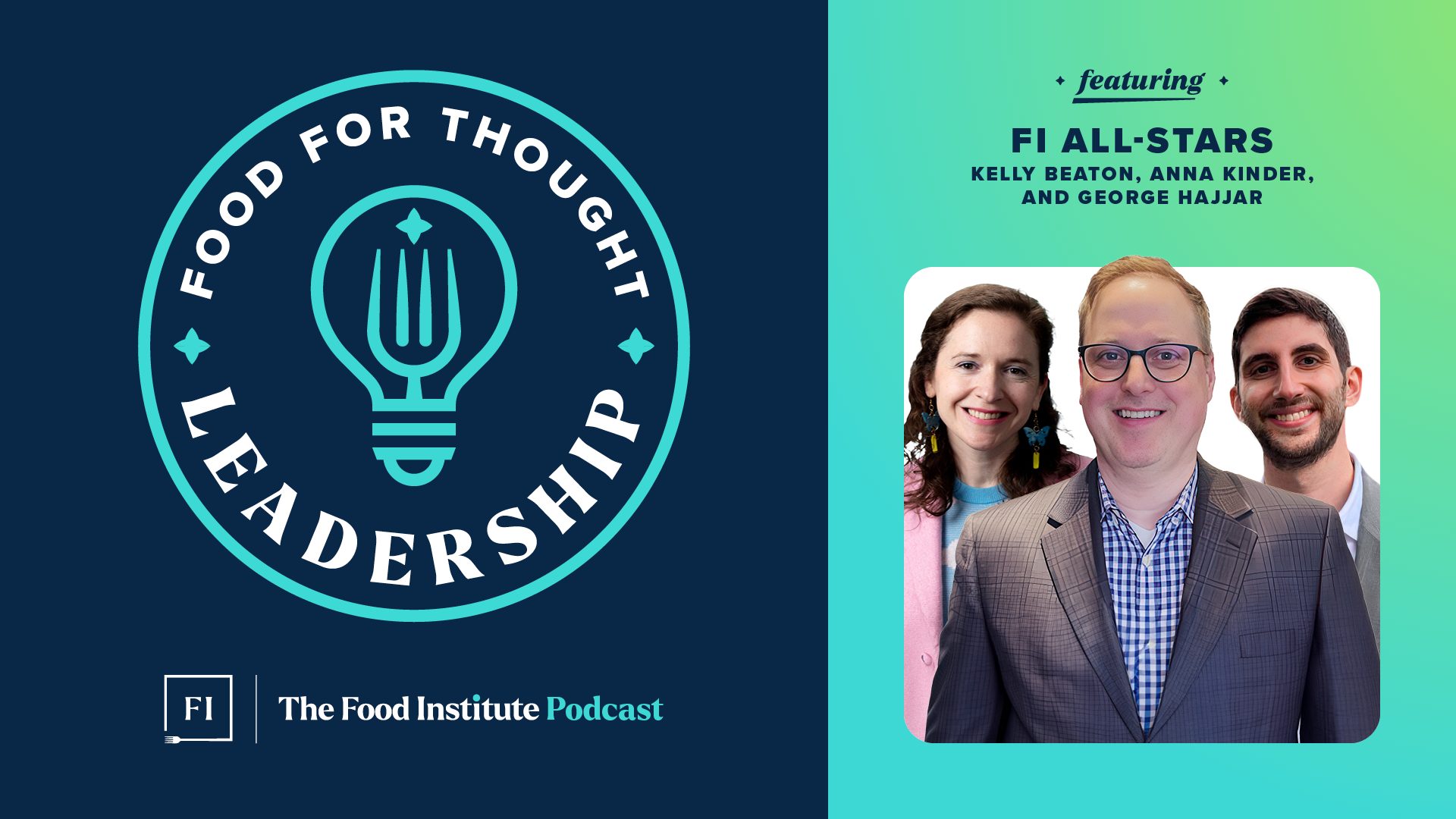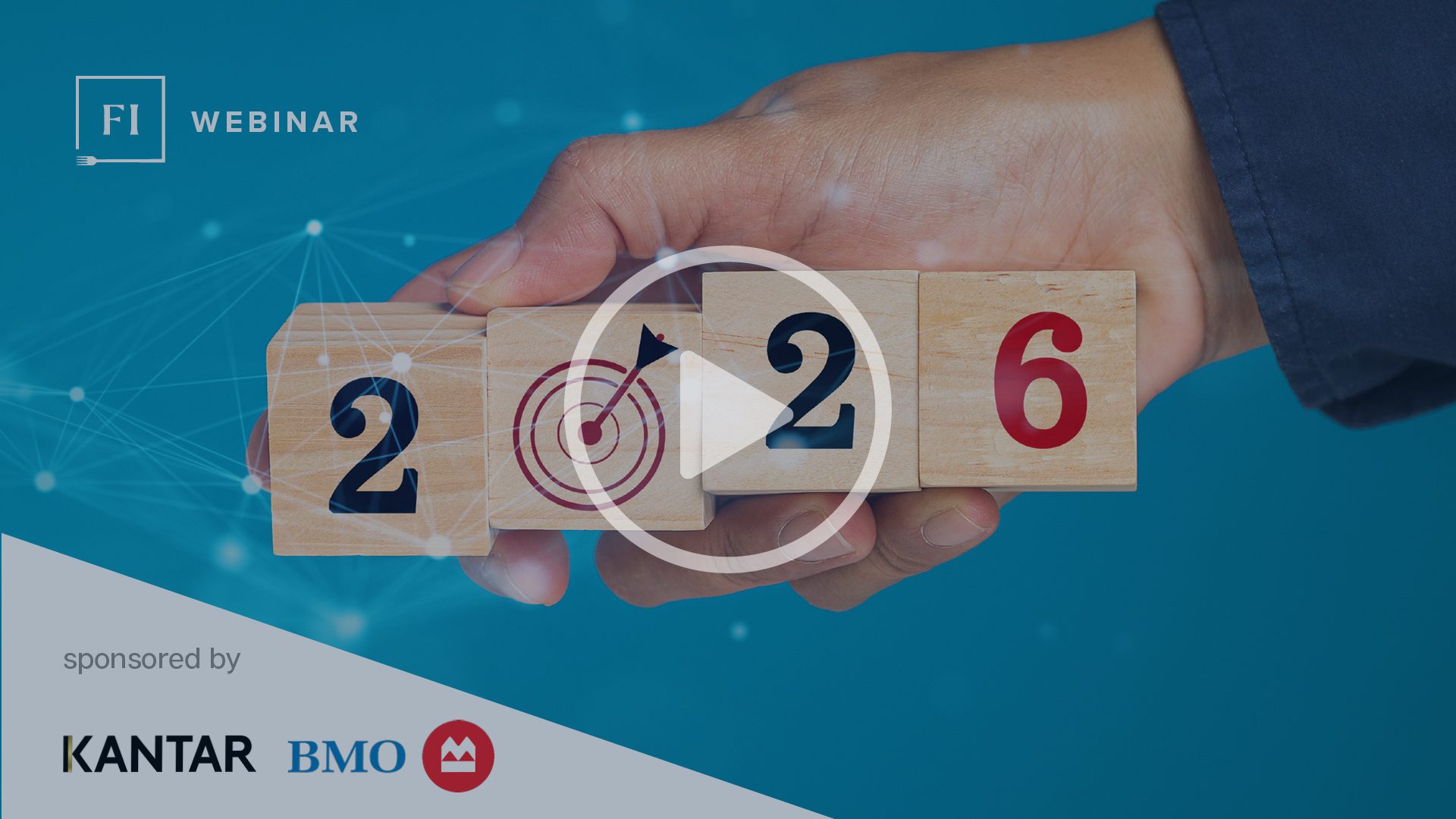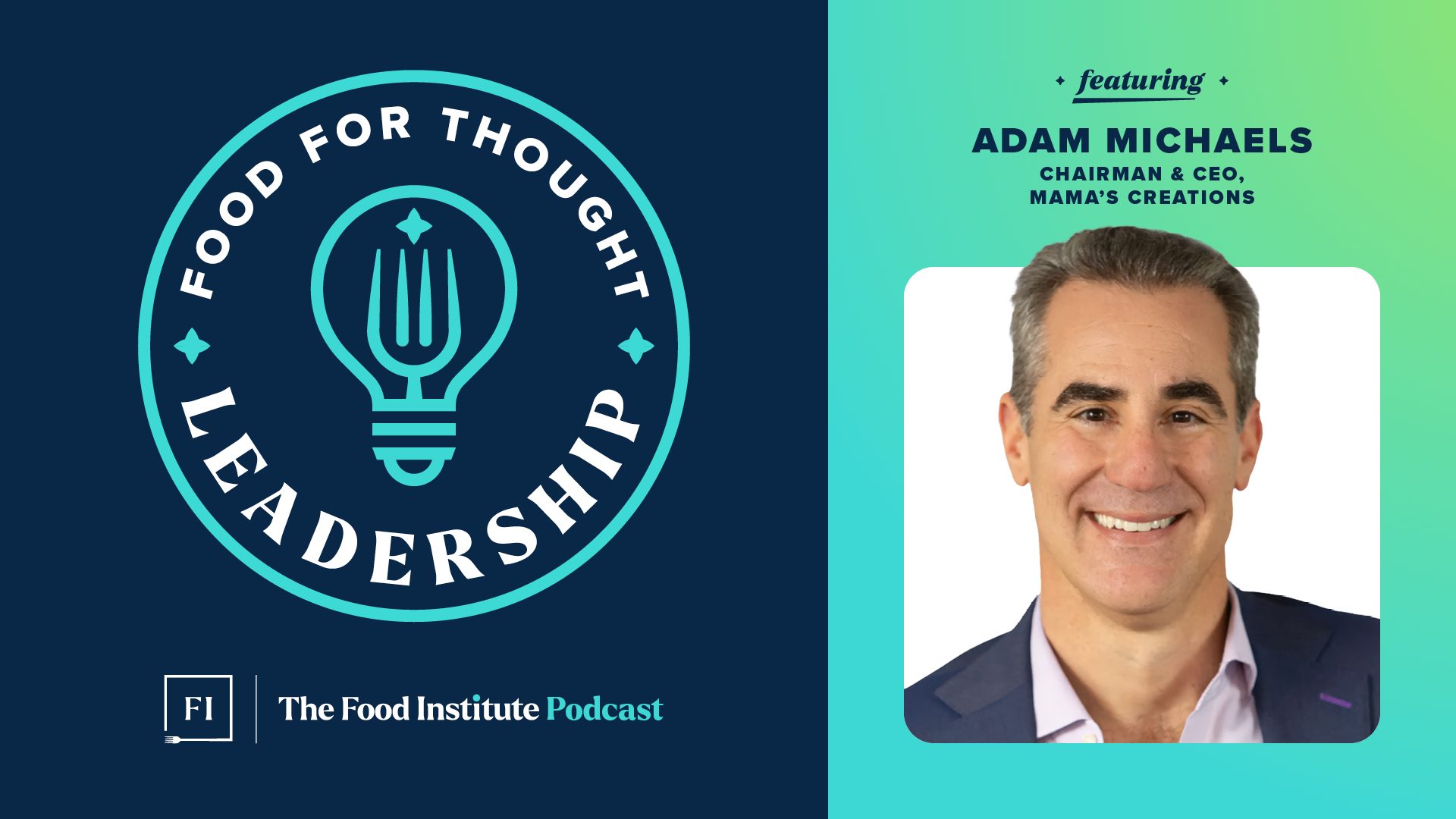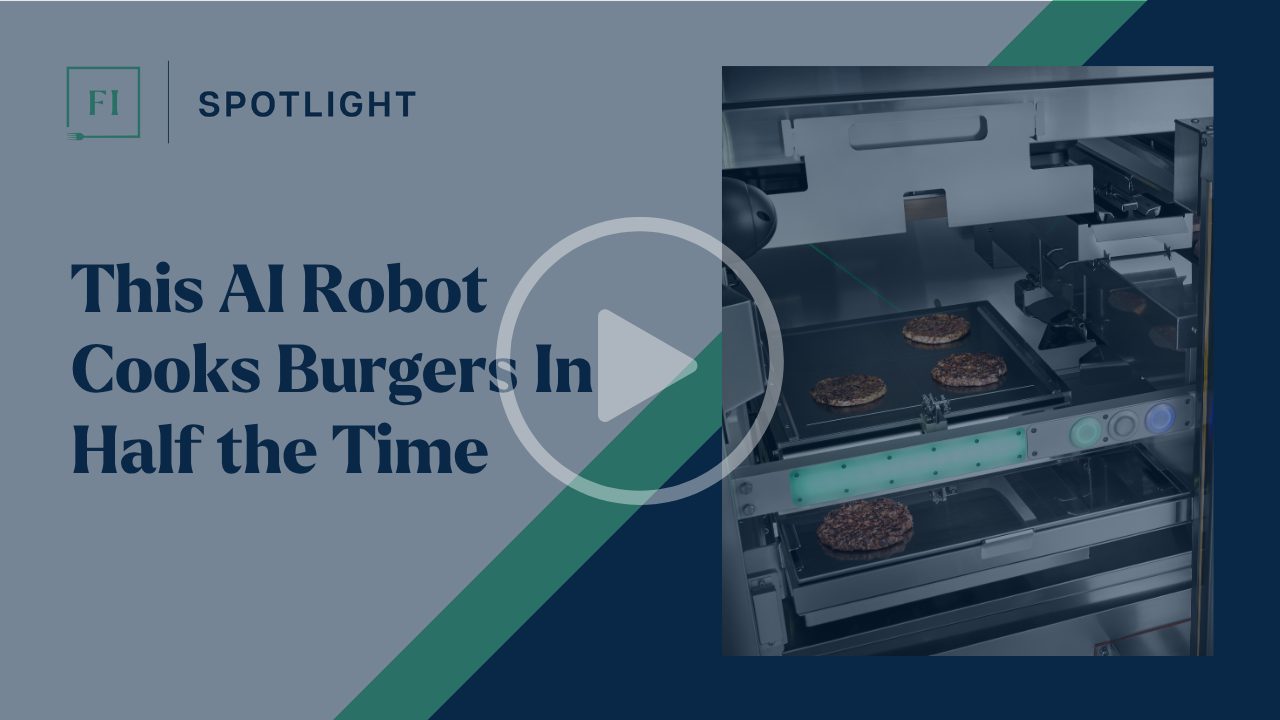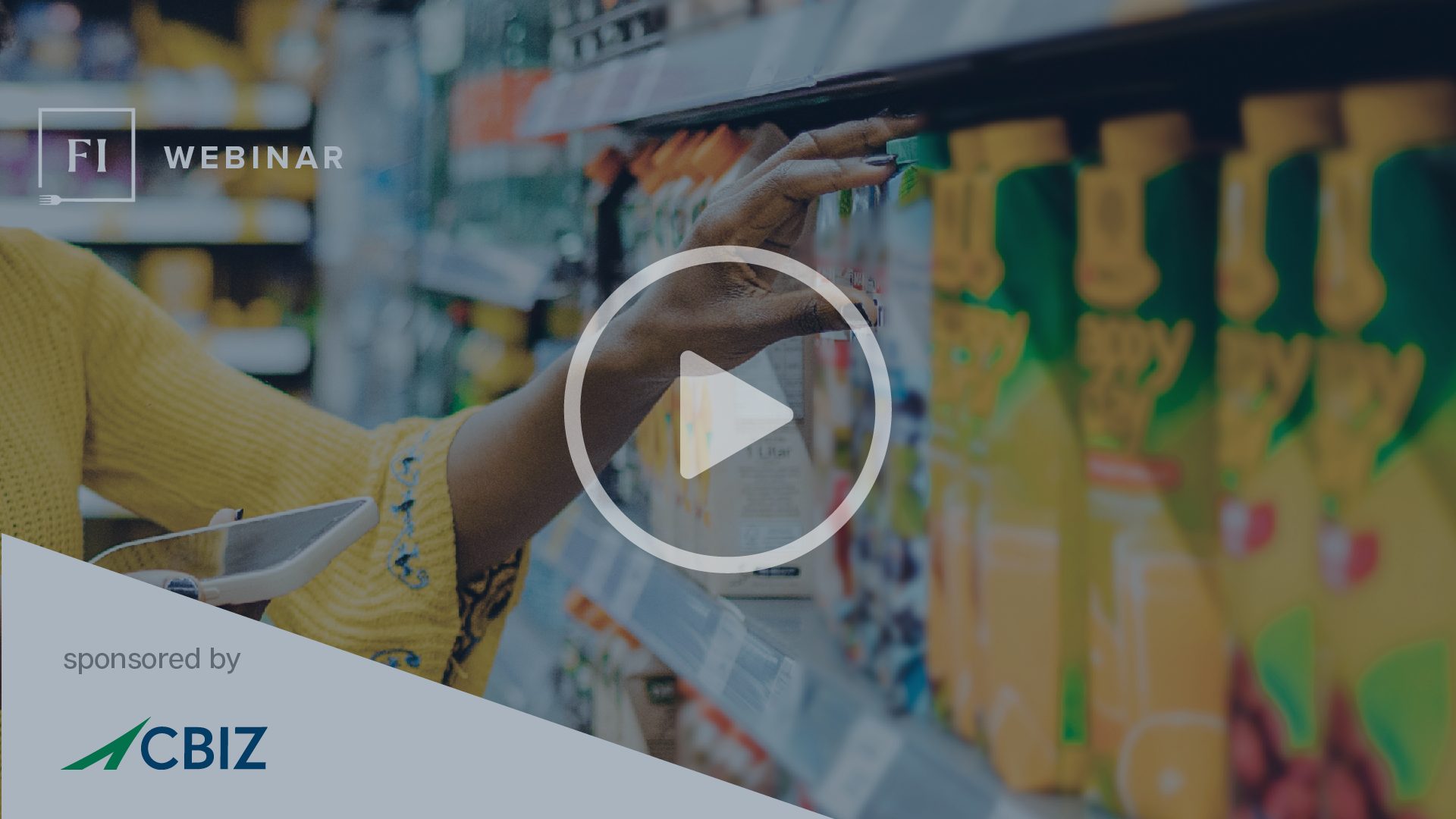Subscribe On Your Favorite Platform:
Consumers are craving both comfort and innovation — but how can food and beverage leaders strike the right balance? And what does that mean for brand collaborations?
Menu Matters vice president Mike Kostyo joins Food Institute vice president Chris Campbell to discuss the push and pull between nostalgic favorites and bold new product launches in this inaugural episode of Food for Thought Leadership, The Food Institute’s podcast featuring insights from the executives shaping the future of food.
From menu innovation to shifting consumer values, the discussion explores how brands can stay relevant without losing their heritage and strategic insights designed to help executives navigate today’s fast-changing marketplace.
Transcript (Edited for Brevity/Clarity)
Chris Campbell
Welcome to Food for Thought Leadership, the Food Institute’s new video podcast. I’m Chris Campbell, Vice President of Content and Client Relationships. I’m thrilled to kick things off with a familiar guest: Mike Kostyo, Vice President at Menu Matters. If you follow our webinars and podcasts, you’ve seen him before, but Mike, I’ll give you the floor to introduce yourself.
Mike Kostyo
Thanks, Chris. I’m excited to be here. At Menu Matters, we focus exclusively on the food industry. Maeve Webster founded the company about ten years ago, with the goal of helping businesses cut through the endless data. There’s so much information out there — consumer research, sales data, social trends — and our job is to make sense of it. Every project is different, but at its core, we help brands understand what really matters and where to innovate.
Consumer Need States: From Care to Novelty
Chris Campbell
Last December you joined us for our What’s Ahead in 2025 webinar. You highlighted a shift in consumer “need states” — specifically the desire for something new. We’d been riding a nostalgia wave for a while. Here we are midway through 2025; do you still see novelty as a top need?
Mike Kostyo
Definitely. Every year we survey consumers to get a snapshot of their expectations. In 2024, people were frustrated. Prices were high, packages shrinking, service inconsistent. The clear need was simple: take care of us. Show empathy, deliver value, prove you’ve got our backs.
But when we repeated the research for 2025, the tone shifted. Consumers were more optimistic about the future, yet increasingly bored. They weren’t seeing innovation. One in five said supermarkets felt repetitive, with the same products over and over. Over half of restaurant-goers said they expected something new or different in a food experience — but weren’t finding it.
So the 2025 need state became: give us something new. Bold flavors, unique experiences, anything that breaks routine. Have we solved it in six or seven months? Not really. Nostalgia is still everywhere. But we’re starting to see movement: General Mills investing in a $54 million innovation center, Nestlé and Mondelez expanding R&D. The infrastructure takes time, but the industry is waking up.
Sensory Experiences: Beyond Just New Flavors
Chris Campbell
In your presentation, you mentioned that consumers want more than novelty — they want bold flavors and sensory experiences. Are those still front of mind?
Mike Kostyo
Absolutely. It’s easy to assume novelty means just throwing a strange flavor into a product. But when consumers tell us they want “new,” they’re often talking about engagement. Many said they were so bored during meals they scrolled through their phones the entire time — and couldn’t recall what they’d eaten afterward.
What gets them to put the phone down? A full sensory experience. Food that looks fun, that pulls apart with gooey cheese, that you can smell as it’s cooking. The excitement of fire in an open kitchen, the sound of sizzling. Not just eating but experiencing food.
Younger diners especially live on screens. When they go out, it may be the only tactile, real-world experience they have that day. Restaurants have an advantage here: they can provide multisensory, immersive moments that no digital platform can replicate.
Case Study: First Watch and Hospitality
Chris Campbell
Do you have an example of novelty done well?
Mike Kostyo
One standout this year has been First Watch. Not only do they consistently innovate with healthy, flavorful menu items, but they empower staff to elevate hospitality. Employees have agency to surprise guests — maybe giving a kid a onesie or comping a drink.
Those small moments of generosity reinforce hospitality at a time when many consumers feel it’s lacking. It’s a case of experience innovation rather than just menu innovation. Consumers want to feel cared for, and First Watch really nails that balance.
Chris Campbell
That reminds me of Will Guidara’s Unreasonable Hospitality. Restaurants can be a final refuge of human connection in an automated world. With kiosks and AI growing everywhere, people still crave personal service.
Mike Kostyo
Exactly. In our 2024 survey, a third of consumers said they ate all their meals alone the previous week. For some, the only human interaction they had was with a server. Restaurants have a unique opportunity to fill that social void.
One story I love: a UPS store in Florida empowered employees to give one order away for free each day. It didn’t break the budget, but it gave customers a delightful surprise and employees a sense of agency. Restaurants can learn from that — empower staff to be heroes in the guest experience.
Nostalgia: Comfort or Crutch?
Chris Campbell
We’ve covered novelty, but nostalgia is still strong. Recently Cracker Barrel changed its logo and then reverted after backlash. Should brands avoid nostalgia?
Mike Kostyo
Nostalgia isn’t going anywhere — humans are wired for it. In tough times, it’s comforting. But we’ve overdosed. Brands keep mining the past to the point where consumers no longer trust them to introduce anything new.
The Cracker Barrel backlash wasn’t just about the logo. The brand hasn’t primed customers to expect innovation. If they had built a track record of fresh ideas, people might have welcomed the change. Instead, nostalgia became a trap.
The key is authenticity. Consumers see through inauthentic plays. Legacy brands actually have an advantage: they can use their history as a springboard. Imagine Cracker Barrel leaning into porch culture with new games or small community festivals — innovations rooted in brand DNA. That’s authentic nostalgia.
Success Stories with Nostalgia
Chris Campbell
Any brands using nostalgia effectively?
Mike Kostyo
A&W comes to mind. Their CEO, Betsy Schmand, highlights franchisees who’ve been with the brand for decades, reinforcing legacy while showcasing new menu launches. It’s a mix of tradition and innovation.
Another example: Red Lobster’s new leadership openly acknowledged past mistakes and explained their changes. That transparency resonates. In our research, 55% of consumers said they’re more likely to try a new product when they see the person behind the brand. Putting a human face to decisions builds trust.
Collaborations: Novelty Meets Nostalgia
Chris Campbell
Let’s pivot to collaborations. We’ve seen Mountain Dew with Trolli candy, PBR with Campbell’s Soup, Tropical Smoothie Cafe with Heinz ketchup, Sonic with Grillo’s Pickles. What’s driving this wave?
Mike Kostyo
Consumers — especially younger ones — equate collaboration with innovation. On TikTok, people were using AI to imagine dream mashups: candy inside ice cream, snack brands fused with drinks.
For corporations, it’s easy. Many own multiple brands under one umbrella, so crossovers are low-hanging fruit. And collaborations often tap into candy and novelty flavors that Gen Z loves: sweet, sour, spicy.
But execution matters. The Oreo-Reese’s mashup was carefully developed to truly blend both brands. By contrast, some collaborations feel slapped together. I actually tried the Heinz ketchup smoothie — surprisingly delicious. It had a deep umami note rather than tasting like ketchup. That intentionality makes all the difference.
Chris Campbell
Do you think the market is saturated?
Mike Kostyo
We’re getting close. At trade shows like Fancy Food or Sweets & Snacks this year, I saw fewer collaborations than in the past. They’ll never disappear, but by 2026 or 2027 we may see a pullback. The key is standing out with thoughtfulness, not noise.
Dream Collaborations
Chris Campbell
What’s your dream collaboration?
Mike Kostyo
I love cocktails and deep flavors. A root beer collaboration with a dark liquor would be fascinating. Something with A&W or another heritage root beer brand could really work.
Chris Campbell
Mine would be a Jarrito’s and Tito’s Vodka mashup. I’ve done some “research” at home and it works great. If either brand is listening, I’m available to consult.
Mike Kostyo
The name alone sells it — “Jarrito’s and Tito’s.” Perfect.
Looking Ahead: 2026 and Beyond
Chris Campbell
As we close, what trends should the industry watch in late 2025 and into 2026?
Mike Kostyo
Two areas stand out. First, ultra-processed foods. Consumers are increasingly aware — from red dyes to additives. We’re researching how much they understand, where they draw the line, and how they balance convenience with health.
Second, pricing and value. Too often companies fixate on dollar menus, but consumers care about value, not just price. Chili’s $10.99 value meal is more than double McDonald’s $5 meal, yet it performed strongly because guests perceived better quality and experience. Value is about what you get, not just what you pay.
Chris Campbell
That ties right back to our earlier conversation: it’s the cheese pull, the human connection, the experience beyond the price tag.
Mike Kostyo
Exactly. Consumers will remember a great experience, not just the price point.


